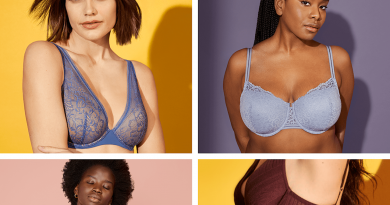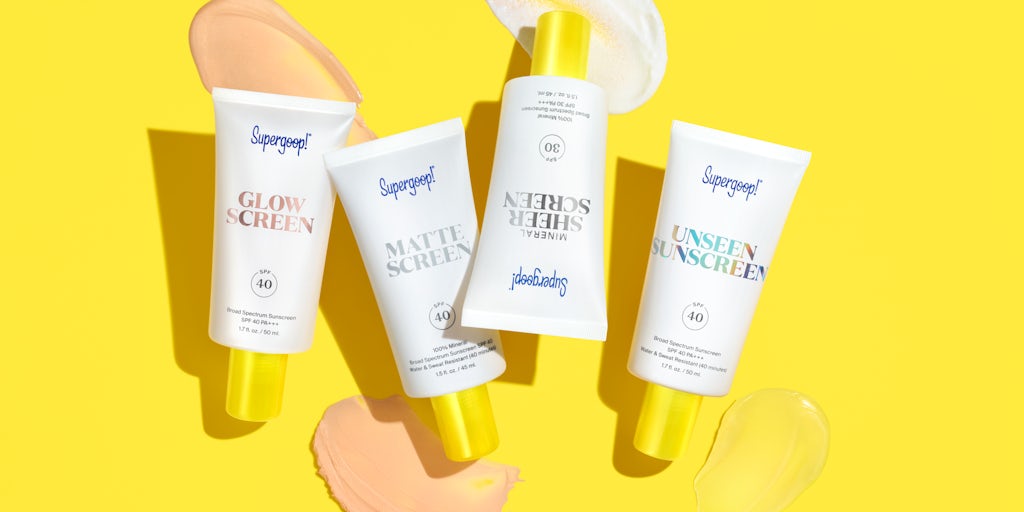Luxury’s Customer Experience is Getting a Tech Upgrade
:quality(70)/cloudfront-eu-central-1.images.arcpublishing.com/businessoffashion/C2SXMXZJZVEAVI42VHEUCPMZLU.png)
This article first appeared in The State of Fashion: Technology, an in-depth report co-published by BoF and McKinsey & Company.
The digital tools and touchpoints that are becoming part of the luxury customer experience, ranging from apps to online channels to virtual reality, are no substitute for personal, face-to-face service in physical stores. Instead, they are enabling brands and retailers to enhance the experience.
Around 80 percent of luxury sales are influenced by digital touchpoints. Even luxury fashion brands that do not sell core products such as clothing and leather goods online — like Chanel — have websites, apps and social media accounts to connect with customers digitally. Meanwhile, brands that have historically leaned into new innovations are exploring emerging technology. For example, Gucci is using augmented reality (AR) for virtual try-on of sneakers and Burberry for uses like providing shoppers with a digital representation of its bags to better convey their shapes and sizes.
Still, stores continue to be where the vast majority of sales happen, and store associates are at the centre of the luxury shopping experience. Hero, Getbee, Kering’s Luce and other clienteling apps designed for in-store associates to communicate with and sell to customers remotely were already on the rise before Covid-19 arrived in 2020 and became vital to many brands as the pandemic shuttered stores. Gucci, Balenciaga, Moncler and Burberry, among others, turned to clienteling as a way to stay connected with their customers. But as fashion businesses enter into post-pandemic recovery, apps are still important for enhancing the customer experience.
Clienteling 2.0
When Farfetch-owned Browns opened its new high-tech flagship in London in April 2021, it leveraged technology such as apps to connect customers directly with “what is most important in the store, [and that] is the sales associate,” said Sandrine Deveaux, Farfetch executive vice president of future retail.
Browns associates use an app that provides the usual clienteling features as well as what Deveaux called a “connected retail layer.” This layer allows associates to, for example, scan a QR code in the consumer-facing Browns app to connect to a shopper’s account on the store’s site.
Associates can then pull physical items appearing on a shopper’s wishlist and recommend other relevant ones. They’re also able to send a list of items the shopper showed interest in during the in-store visit to their Browns account; suggest products not in the store, since only some of Browns’ extensive inventory is available on location; and provide a link so purchases can be made from their mobile phone.
“About 30 to 35 percent of the in-store sales are done from stock which is not in the store,” Deveaux said. “Through that in-store app, the sales associate is really able to tell the story of this product and the consumers want to buy it even if they haven’t tried it [on].”
Thom Browne, a Farfetch partner, is among those using Farfetch’s technology. Its stores, which include locations in the US and Europe as well as several in China, South Korea and Japan, tend to be small and have limited space for stock so its associates use the tool to direct shoppers to its more expansive online catalogue.
Telling a Product Story
Chanel has introduced elements of Farfetch’s technology at its Rue Cambon store in Paris and has been rolling it out to select locations. It is employing the tool not so much to sell products directly but to highlight the stories around them, Deveaux said. Chanel fitting rooms have RFID sensors that read tags on the items customers are trying on, allowing a connected mirror to show information such as videos and photos of items as they appeared on the runway.
Meanwhile, LVMH Japan, in partnership with investment company SoftBank, announced in February that it is accelerating efforts to allow customers at its stores to enter “virtual reality spaces” where they can communicate with artisans in real time and see manufacturing processes.
Clienteling apps can play a role here as well, providing store associates with information about a collection which they can share with clients. In 2021, the Hero app also introduced a feature for associates to create short-form videos they can use to highlight specific products.
E-commerce and social media are increasingly where shoppers now encounter products, a fact that has altered the relationship between brands and retailers.
Of course, these are some of the more advanced examples of how luxury labels are using technology for the customer experience. Milton Pedraza, chief executive of research and consulting firm Luxury Institute, pointed out that few brands have yet to use clienteling apps as effectively as they could. One challenge is training staff on how to properly communicate with customers through these channels, he added.
Many luxury brands are only in the early stages of collecting and deriving insights from data on customers to help them personalise their service across channels. Eventually, the aim would be to offer every shopper, or as many as possible at least, individualised service and communications, from recommending products based on their taste when they enter a store, to serving them the most relevant products when they open the brand’s app to sending emails letting them know when items they might like have arrived at a store nearby.
These efforts show how brands are integrating technology and digital channels into the way they serve shoppers even in physical spaces.
LVMH Japan noted in its announcement that it is adapting “to an evolving environment which includes the expansion of online sales, remote clienteling and support for a diversity of interests among new and younger customer segments.” Burberry’s “social retail” store in Shenzhen, which it created with Chinese tech giant Tencent, lets shoppers unlock content and experiences through a mini-programme in WeChat, the Tencent super app used widely in the country for messaging, payments and more.
Digital Past and Present
Luxury’s growing acknowledgement of the importance of digital channels is in sharp contrast to how much of the industry reacted in the early days of the internet and online shopping.
“You had to paint a picture of what the customer experience would be like,” Natalie Massenet, who founded pioneering luxury e-commerce retailer Net-a-Porter in 2000, said of the challenge she faced convincing brands to sell online. It was hard for brands to believe customers would want to buy a product without having touched it. “I always used to explain to brands that that they were underestimating the fact that people were coming to make a purchase in their store already having decided to make a purchase, because they would’ve seen the products they wanted in fashion magazines,” she added.
E-commerce and social media are increasingly where shoppers now encounter products, a fact that has altered the relationship between brands and retailers. Massenet noted that “wholesale distribution today is very much seen as a marketing function, because brands have the opportunity to go direct to consumers.” Many luxury brands that do sell online are shifting to an e-concession model, where they manage the presentation and stock available through a retail partner, or they are cutting back on wholesale. Kering recently said it would cease online wholesale entirely. While there are several reasons for these moves, such as better margins and control of inventory, a key motivation for brands is having a greater hold over the customer journey, before and after purchase.
Fashion businesses look set to continue to develop ways to blend digital and physical. In April, Farfetch and Neiman Marcus Group struck a deal that will see Bergdorf Goodman’s website and mobile app moved to Farfetch’s backend technology platform. The companies said in a statement that Bergdorf Goodman’s digital customer experience will be offered to shoppers globally and integrated seamlessly with its New York City flagship.
Luxury brands also see a clear role for technology for connecting with customers beyond physical stores. The forays into virtual worlds and NFTs by several luxury players also illustrate the value they place on extending their brands online. Brands have also begun exploring how they can use technology to make customised items through small-batch production, ultimately helping their products become as personal as their service.
:quality(70)/cloudfront-eu-central-1.images.arcpublishing.com/businessoffashion/C2SXMXZJZVEAVI42VHEUCPMZLU.png)

:quality(70)/cloudfront-eu-central-1.images.arcpublishing.com/businessoffashion/MF53BD4ENNHVBJNHZTDQ3EVNQU.jpg)



